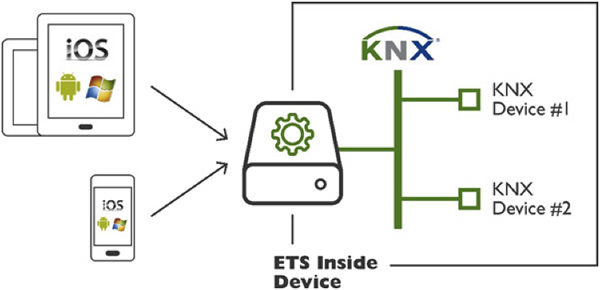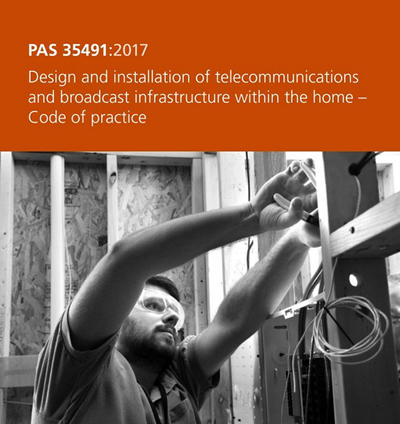 By Simon Buddle, Future Ready Homes.
By Simon Buddle, Future Ready Homes.
My dad has long since retired, but during his working life – all of it – he drove lorries. He drove them to Scotland, London, Spain, Iraq and just about every other place in between. In the school holidays, I’d often go with him. We’d take fruit and vegetables down to London. What a great adventure it was, at the age of seven, to get up at 1am and head down to Spitalfields market. We’d arrive at 3am, and the place would be packed with people, lorries, carts and stalls, with everyone shouting – buying this and selling that.
The market thrummed to its own beat. It was something to behold. Outside the world slept quietly. For those few hours, we lived in an alternative reality – night people, part of the engine room that prepared London for another day. Wonderful memories. We’d often stop for breakfast on the journey home, and there would often be that, ‘What do you want to be when you grow up’? question, to which I’d reply, ‘Footballer’. ‘There will always be stuff that people need taking from one place to another’, Dad would suggest, ‘And as long as they do, they’ll need someone to do the driving. Job for life’ (I bet that’s what the Zeppelin pilots thought)! I’ve never mentioned the platooning of lorries or drone deliveries to him. Some jobs, it seems, are destined to die out.
How many devices does a typical home require?
Is the status quo of our KNX world under threat from ETS Inside or is it simply another opportunity we should all embrace? We’ve all sat smugly behind a wall built of ETS software, training costs, considerable accumulated knowledge, and visualisation products that need skills close to alchemy to bend them into anything close to resembling a good-looking user interface. For all of those reasons, and many more, we’ve been the only game in town, the only choice, the magicians who can turn the boxes of metal and plastic into a functioning system.
ETS Inside offers a simple user interface for configuring systems of up to 255 devices, a low-cost entry fee (a licence and a cheap PC), and end-user configuration options. The KNX Association website suggests that 255 devices is a small-to-medium system. Not in the residential marketplace it’s not…

Aimed squarely at electricians and end users, ETS Inside offers the opportunity to open a large segment of the market that has not previously been accessible to KNX installers. There will, I’m sure, be disasters along the way, and no doubt we’ll take the great delight in the tittle-tattle of failed installations that we’ve had to rescue, or irate homeowners swearing never to use KNX again.
I worry that there will be those keen to make a quick buck who simply take on a job that is too large. And that is my only issue with ETS Inside; is 255 devices a realistic threshold? What is the average house size, in device terms? If we are looking at a three- or four-bed semi-detached or detached house, you’ll need to go some to get close to even a hundred devices, never mind 255. Maybe ETS Inside should come with a warning: Learn to walk before you run!
Expanding the market
There is an obvious synergy between KNX and the electrical consumer unit, and with a switched-on electrician, I can see that being a great boon for their business. Simplifying both panels into one reduces costs, labour and materials. The saving on metal trunking alone could run to several hundred pounds.
All electricians, in my opinion, should be able to install, terminate and test a simple data network. If they can do that they are well on the way to being able to use ETS Inside as a commissioning tool for their KNX projects. Indeed, with new CEDIA PAS 35491:2017 ‘Design and installation of telecommunications and broadcast infrastructure within the home’, available from the BSI, the design and installation are already taken care of.

There is great potential here for the new-build residential market. There is an electrician in every new build – that’s a fact – but there isn’t a KNX professional in every one. So, if the electricians can do some business with KNX, they can help to spread the word. KNX needs marketing, it needs to be brought to a wider audience. The phrase ‘Smart Home’ has helped enormously in recent years, but there is still a long way to go before KNX and structured wiring are included in every new build.
Conclusion
One thing is incontrovertibly true when it comes to ETS Inside; it’s aim is to bring KNX to a wider audience. For that it needs the right marketing. Take note KNX.org! KNX Inside is nothing without a marketplace to deliver it into. Many of us remember the VHS versus Betamax wars – the better system lost simply because VHS had a bigger marketing budget. If KNX Inside succeeds in reaching this wider audience, then the marketplace for KNX will grow too.
And as my old boss Steve always said to us, ‘If the pie is bigger, we all get to eat more’. As part of the KNX community, it’s up to all of us to help nurture, grow and support the marketplace by offering professionally designed, installed and programmed systems. Moreover, we need to support the new entrants and their efforts. If the KNX market is professional, delivering value for money and relevant smart solutions, that must be a positive outcome for all of us. Somewhere down the line there is business to be had. KNX may well just see me through to my retirement…
Simon Buddle is a consultant for Future Ready Homes, a specialist in BMS and ELV services system design.













